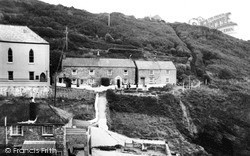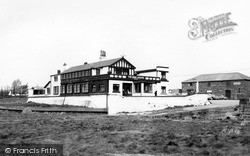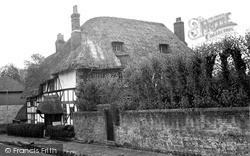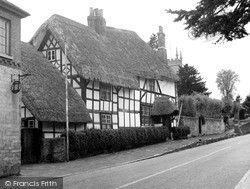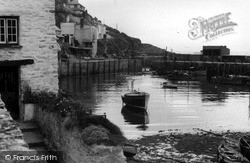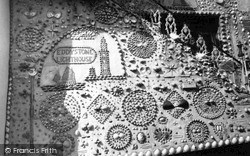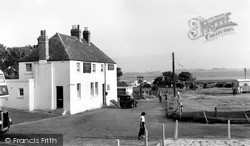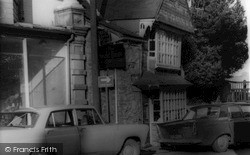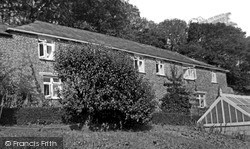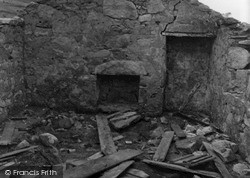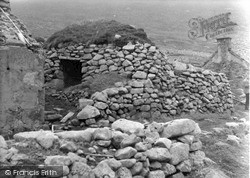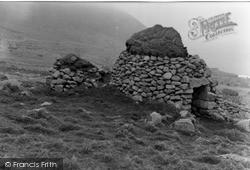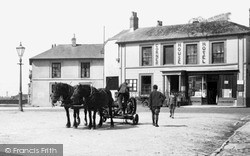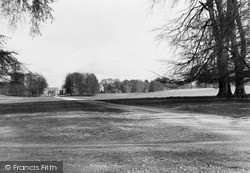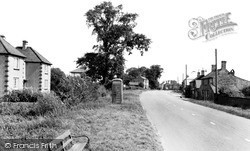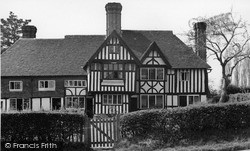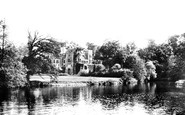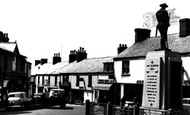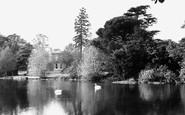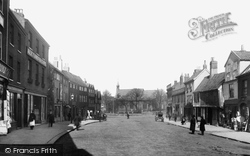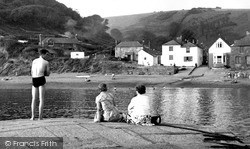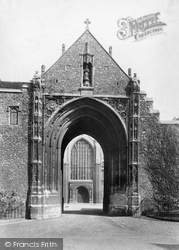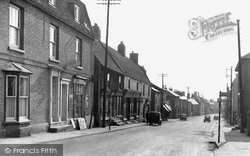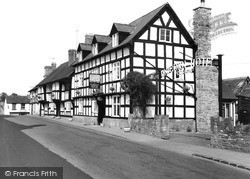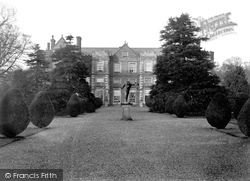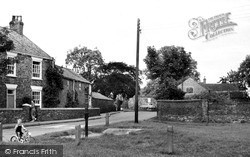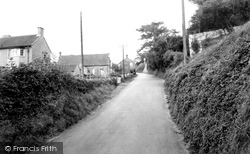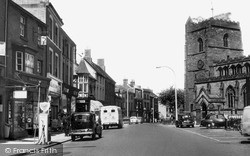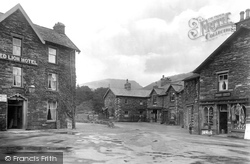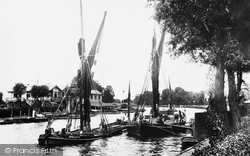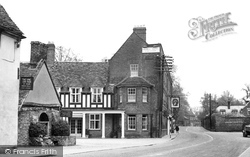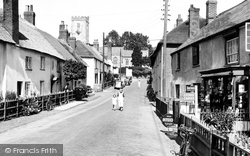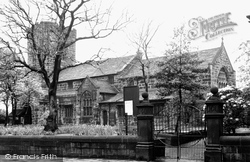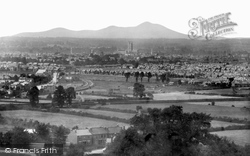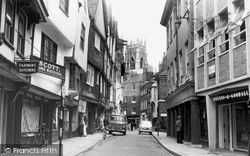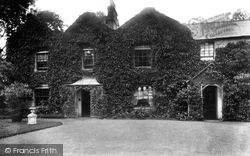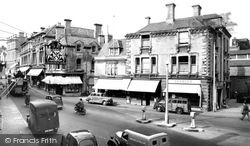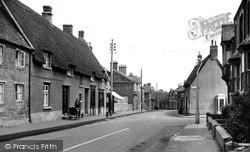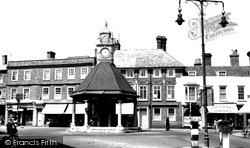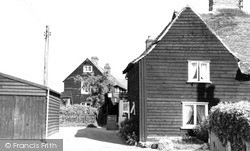Places
36 places found.
Those places high-lighted have photos. All locations may have maps, books and memories.
- Chatsworth House, Derbyshire
- Osborne House, Isle of Wight
- Brambletye House, Sussex
- Ickworth House, Suffolk
- Kingston Lacy House, Dorset
- Boscobel House, Shropshire
- Preshute House, Wiltshire
- Bolton Houses, Lancashire
- Brick Houses, Yorkshire
- Quaking Houses, Durham
- Water Houses, Yorkshire
- Bottom House, Staffordshire
- New House, Kent
- Mite Houses, Cumbria
- Lyneham House, Devon
- Church Houses, Yorkshire
- Dye House, Northumberland
- Spittal Houses, Yorkshire
- Street Houses, Yorkshire
- Tow House, Northumberland
- Halfway House, Shropshire
- Halfway Houses, Kent
- High Houses, Essex
- Flush House, Yorkshire
- White House, Suffolk
- Wood House, Lancashire
- Bank Houses, Lancashire
- Lower House, Cheshire
- Marsh Houses, Lancashire
- Chapel House, Lancashire
- Close House, Durham
- Guard House, Yorkshire
- Hundle Houses, Lincolnshire
- Hundred House, Powys
- Thorley Houses, Hertfordshire
- School House, Dorset
Photos
6,747 photos found. Showing results 1,681 to 1,700.
Maps
370 maps found.
Books
Sorry, no books were found that related to your search.
Memories
10,363 memories found. Showing results 841 to 850.
Sunday Mornings
My mother in law, then Marie Elizabeth Burston born 1921 in Wales, whilst in service at Hartlebury House used to go to church every Sunday morning. The postman played the big organ. Every morning she had to give him and the ...Read more
A memory of Painswick in 1930 by
Waifs And Strays Society
From approximately 1939-1945 the house was taken over by the Waifs and Strays Society becoming a home for 40 boys. They had moved from Chislehurst, Kent. The house was also used as a landmark by German bombers during their attacks on Coventry.
A memory of Warwick in 1940 by
Coopers And Booths
My Great, Great Great Grandfather, William Booth, used to push a cart up and down the streets of Clayton le Moors with his son John Booth, selling shellfish. He was known as 'Muscle Bill' and his son, 'Oyster Jack'. (This ...Read more
A memory of Clayton-Le-Moors in 1890 by
Summer 1980
My memories of the heath are from 1980 when my mother - Kathleen (Topsy) Whybrow and father bought me and my brother to the heath in the summer of 1980 for five months. My parents had emigrated to NZ and gave myself and my ...Read more
A memory of Hatfield Heath in 1980 by
Stepping Back In Time
It started when my mother was dying, when we asked her about the family history, and she gave us names and dates. Her family came from France in late 1500. They were Hugenots and they were Puritans, and were chased out of ...Read more
A memory of Cinderford in 1995 by
My Family Of Anderson In Stokenchurch
I would like to remember all the members of the Anderson families in Stokenchurch. My mother was Bertha May Anderson, daughter of Abel and May Anderson. Abel's brother Harry had a chair factory in ...Read more
A memory of Stokenchurch by
The 50s At School
I remember starting school at the 'old' school and then after 3 years moving to the new school - it seemed huge and daunting and many of us got lost in the first few weeks. Pyrford was great to grow up in then - we had fields to ...Read more
A memory of Pyrford in 1959 by
Greys Drapers
Grandfather William Grey owned a number of shops in Wingate, Co. Durham one was at 47 North Road West, Wingate, it was a drapers shop. Grandfather died in 1962, his last remaining shop was closed by my mother Winnie England and made ...Read more
A memory of Wingate in 1957 by
Oakmere
I have found a painting of Oakmere House, Potters Bar dated 1935. I believe the house is now a Beefburger Resaurant. There is a clearer view of the house from across the lake, there is the large pine tree & smaller trees on the ...Read more
A memory of Potters Bar in 1930 by
Fedsden
Fedsden a large white house just outlying the nearby hamlet of Roydon. Was it to become the nursing Hospital of the 1940's or a School in the 1950's? Is this the same place that Ralph Fowler was born? Any idea as to the current title and ...Read more
A memory of Roydon in 1900 by
Your search returned a large number of results. Please try to refine your search further.
Captions
6,914 captions found. Showing results 2,017 to 2,040.
Only St John the Baptist's church and a couple of houses nearby escaped from the bombs intended for the port and the railway station.
On the far right a narrow street separates the old lifeboat house from the white-painted Rashleigh Inn, also in a prime location on the shore.
Until the later 19th century, houses were built right up to the right jambs of the gateway.
At the bus stop we can look down the High Street at the houses and shops.
When visiting Weobley, Charles I stayed in the Unicorn Inn, but that Unicorn was a totally different building which later became a house called 'The Throne'.
This late Elizabethan house is filled with treasures, including fine works of art. The descendants of the original family still occupy the building.
As a lady opens her gate to enter the grounds of the attractive house, she turns to watch the little tot on his tricycle about to ride over the green, perhaps to make sure he is being supervised.
Brookview is the house with Powerstock Primary School behind it (left of centre) and Sunnyside is further up the hill.
The building just behind the pump houses a 'circulating library' as well as the W H Smith bookshop.
Attractive thatched and pantile-roofed houses line the street, the skyline softened by the mature trees on the left-hand side.
It is surrounded by the simple grey slate-gabled shops and houses which are so typical of a small Lake District town.
This photograph shows two spirit-rigged Thames river barges at Messenger's Boat House, Surbiton.
The town's thatch hooks were kept on the inside wall of the forge; these were used to pull the thatch off if the house was on fire.
Both clerical gentlemen led the local smuggling gangs, hiding the contraband in the old vicarage - now a beautiful thatched house called Vicars Mead.
The church has stocks and a charnel house in the graveyard. The name Colne means 'roaring river'.
It now houses the Gloucestershire Wildlife Trust, and affords massive views of the city and, of course, the cathedral.
The pawnbroker has gone; instead there is a modern shopping block housing the furniture shop of Stevens and Goodall.
The Grosvenor Hotel, seen here on the right, used to house a famous piece of Victorian furniture, the Chevy Chase Sideboard.
Pevsner describes the early 19th-century house thus: 'With pretty Gothic trim, including a porch and a bay window'.
Stanley's the confectioners (right), with the Strand Café above, housed in the former post office and telephone exchange, was popular with locals.
The result was the removal of the bay windowed 1890s houses on the far right. Otherwise little has changed.
Excavations were carried out on the Chapter House in 1902, when the graves of five Abbots, including that of Abbot Sampson, were discovered.
The clock tower, partly enclosed by an hexagonal shelter and situated at the centre of a traffic system, stands on the site of a wayside chapel, disused in the 16th century, converted into houses and
These attractive weatherboarded houses still stand. Once Mrs Cudmore ran the tea shop, offering home-made cakes.
Places (80)
Photos (6747)
Memories (10363)
Books (0)
Maps (370)


